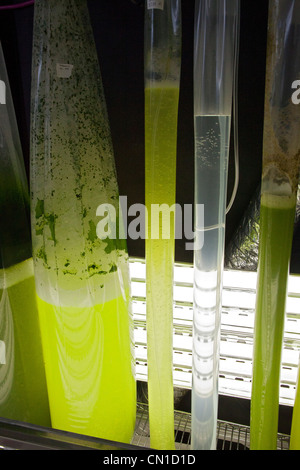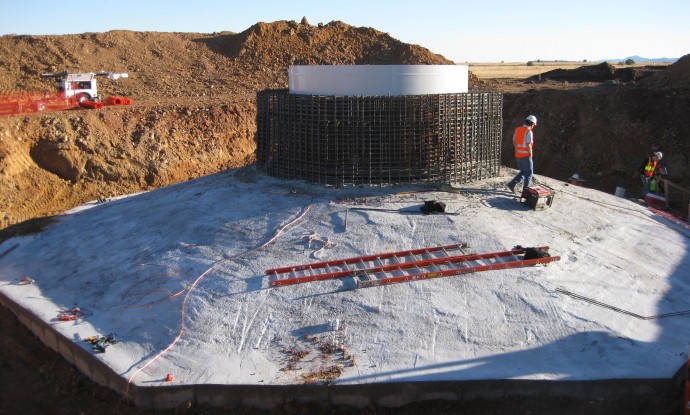

The Combustion Energy Frontier Research Center (CEFRC) was established to tackle the single overarching grand challenge of energy sustainability, energy security and global warming: to develop a “validated, predictive, multi-scale, combustion modeling capability to optimize the design and operation of evolving fuels in advanced engines for transportation applications,” as identified in the DOE report on “Basic Energy Needs for Clean and Efficient Combustion of 21st Century Transportation Fuels”. The project concluded in 2016 but was put on hold until = , The "NREL History Project" was launched in 2009 to comprehensively record the birth and history of the laboratory to date.

It's the culmination of extensive independent research and formal oral history interviews - and it took more than a decade to complete. This book documents the creation of SERI and the politics and context of the times, from 1977 to 2016. Forty-five years later, the "little lab in the hills" is at the forefront of clean energy innovation and is helping tackle our most daunting energy challenges. Department of Energy realized that creating an organization solely dedicated to clean energy was crucial to our nation's ability to achieve energy independence.

Born from a need for better energy solutions, the newly formed U.S. Like the political and energy landscape at the time, the birth of the Solar Energy Research Institute (SERI) in 1977, which then became the National Renewable Energy Laboratory (NREL) in 1991, was at times tumultuous.


 0 kommentar(er)
0 kommentar(er)
